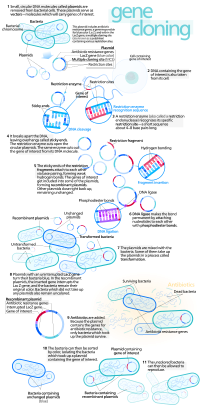
Photo from wikipedia
Philaenus spumarius is a vector of Xylella fastidiosa , one of the most dangerous plants pathogenic bacteria worldwide. There is currently no control measure against this pathogen. Thus, the development… Click to show full abstract
Philaenus spumarius is a vector of Xylella fastidiosa , one of the most dangerous plants pathogenic bacteria worldwide. There is currently no control measure against this pathogen. Thus, the development of vector control strategies, like generalist predators, such as spiders, could be essential to limit the spread of this vector-borne pathogen. In this study, a polymerase chain reaction (PCR)-based approach was developed to principally detect DNA of P. spumarius in the spider’s gut. Accordingly, 20 primer pairs, targeting the mitochondrial cytochrome oxidase I (COI) and cytochrome b ( cyt B) genes, were tested for specificity, sensitivity, and efficiency in detecting P. spumarius DNA. Overall, two primer sets, targeting COI gene (COI_Ph71F/COI_Ph941R) and the cyt B gene (cytB_Ph85F/cytB_Ph635R), showed the highest specificity and sensitivity, being able to amplify 870 pb and 550 bp fragments, respectively, with P. spumarius DNA concentrations 100-fold lower than that of the DNA of non-target species. Among these two primer sets, the cytB_Ph85F/cytB_Ph635R was able to detect P. spumarius in the spider Xysticus acerbus , reaching 50% detection success 82 h after feeding. The feasibility of this primer set to detect predation of P. spumarius by spiders was confirmed in the field, where 20% of the collected spiders presented positive amplifications.
Journal Title: Scientific Reports
Year Published: 2022
Link to full text (if available)
Share on Social Media: Sign Up to like & get
recommendations!